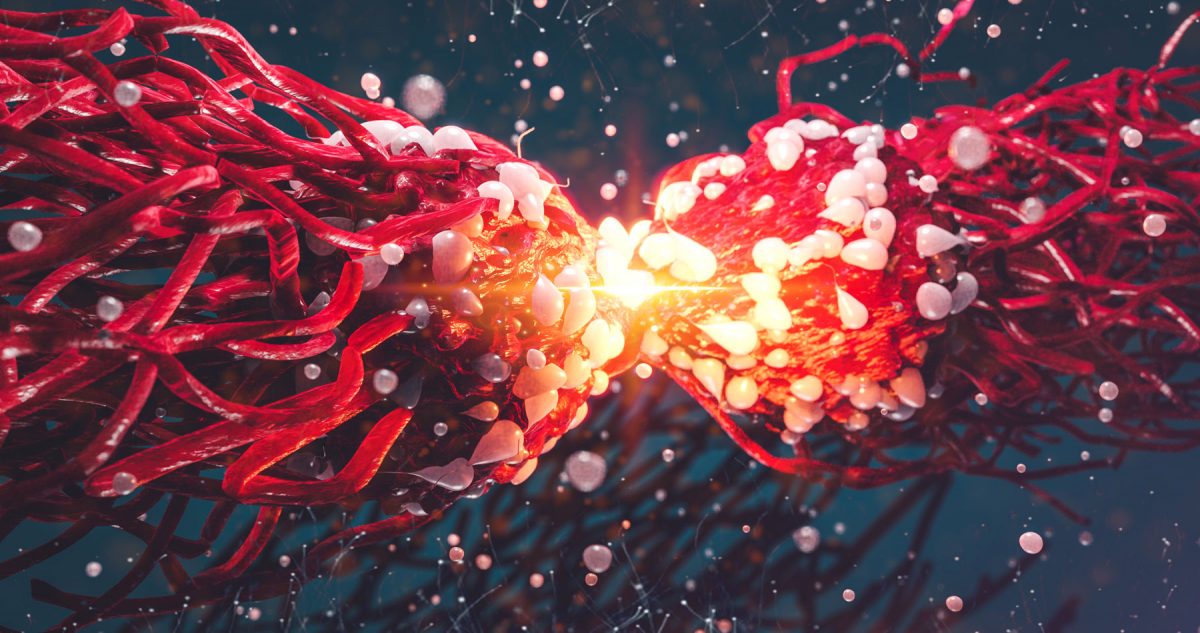This website uses cookies so that we can provide you with the best user experience possible. Cookie information is stored in your browser and performs functions such as recognising you when you return to our website and helping our team to understand which sections of the website you find most interesting and useful.

Oncology
A branch of medicine that specializes in the diagnosis and treatment of cancer.
The term oncology literally means a branch of science that deals with tumours and cancers. The word “onco” means bulk, mass, or tumor while “-logy” means study.
Oncology includes medical oncology (the use of chemotherapy, hormone therapy, and other drugs to treat cancer), radiation oncology (the use of radiation therapy to treat cancer), and surgical oncology (the use of surgery and other procedures to treat cancer).
What is cancer?
Each of the cells of the body have a tightly regulated system that controls their growth, maturity, reproduction and eventual death. Cancer begins when cells in a part of the body start to grow out of control. There are many kinds of cancer, but they all start because of out-of-control growth of abnormal cells.
How common is cancer?
Today, millions of people are living with cancer or have had cancer. Cancer is the second leading cause of death in the United States. About one-half of all men and one-third of all women in the US will develop cancer during their lifetimes.
Role of an oncologist
Medical professionals who practice oncology are called cancer specialists or oncologists. These oncologists have several specific roles. They help in diagnosis of the cancer, staging the cancer and grading the aggressive nature of the cancer.
Cancer therapy
Based on the grade and stage of the cancer, oncologists help plan the therapy that is suitable for each of their patients. This could be by surgery, chemotherapy, radiation therapy and other modalities.
Other specialists
Treatment of cancer may involve other specialists as well. This includes a surgeon, a radiation oncologists or a radiotherapist, etc. However, the whole of the treatment of cancer is coordinated by the oncologists.
Cancer screening
Oncology and cancer research involves screening the general population for cancer and screening the relatives of patients (in types of cancer that are thought to have a hereditary basis). For example, in breast cancer both population screening by regular mammography and familial screening by genetic analysis of the BRCA1 and BRCA2 genes is performed.
















